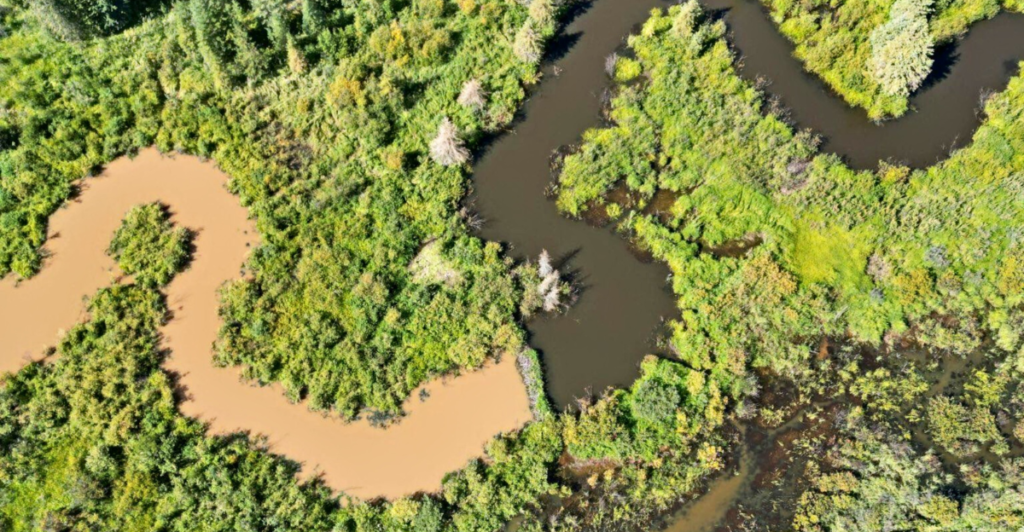
Recent research has found an extraordinary adaptation in brown trout: the ability to navigate and even pass around beaver dams, long thought to be impenetrable barriers. In 2024, researchers at the University of Southampton in the United Kingdom used state-of-the-art telemetry equipment to track brown trout on their spawning runs. It found that under some conditions, such as increased water flow during rainy seasons, these fish could easily pass through and around beaver dams using the strength of their tails. This refutes conventional ecological knowledge that beaver dams always harm fish migration. Instead, it suggests that brown trout have an intrinsic ability to adapt to changing conditions. As climate change alters river ecosystems, this new resilience can be a major determinant in maintaining their populations.
Previous Understanding of Brown Trout and Beavers
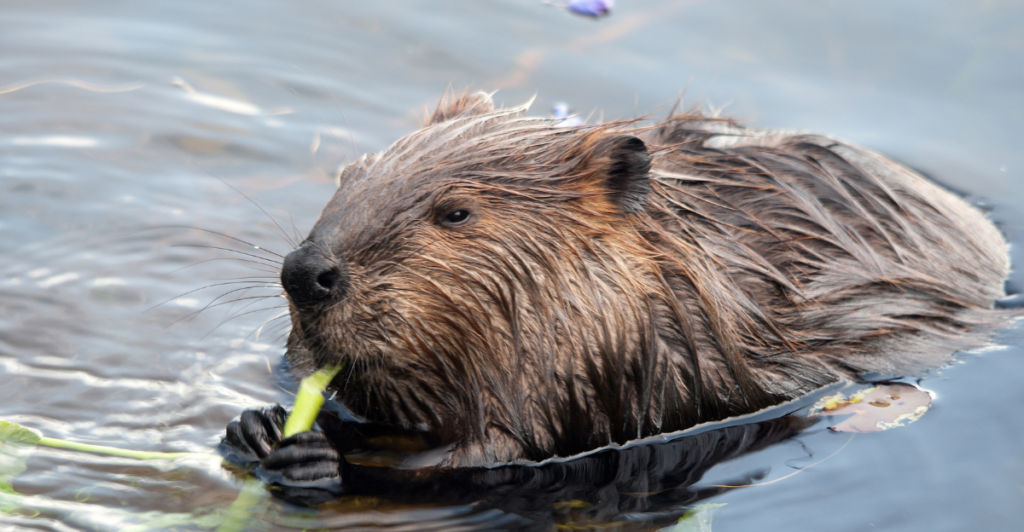
Historically, traditional beaver dams were regarded as fish migration barriers, particularly for brown trout when spawning. However, more current research has shown that these dams can also serve to create beneficial habitats for trout by increasing prey resource availability and producing deep pools for trout to seek refuge in. This shift in thinking highlights the complex relationship between beavers and trout. It suggests that beaver dams can serve as both barriers to trout migration and opportunities for trout populations to find food and security. By reassessing historical beliefs and combining them with modern data, researchers are beginning to piece together a more nuanced understanding of the trout-beaver dynamic where beaver dams are not as destructive as previously thought and that they might have ecological value.
Ecological Benefits
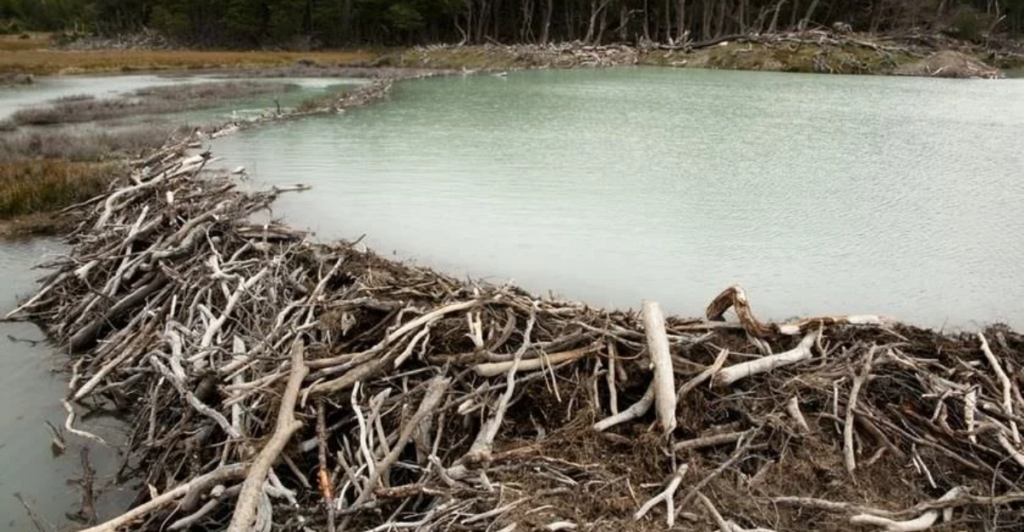
Beaver dams are not just physical barriers; they are also ecological drivers that foster biodiversity and habitat complexity. For brown trout, the dams create deep pools and slow streams that serve as refuges from both predators and unfavorable environmental conditions. A 2023 article in Ecology Letters found that streams inhabited by active beavers supported higher populations of juvenile brown trout than streams without beavers. The dams also increase aquatic insect populations, a principal food source for trout, by providing nutrient-rich environments. Furthermore, the ponds formed by beaver dams act as thermal refuges during times of extreme heat or drought and offer stable conditions for trout survival. The findings indicate that beaver activity can actually benefit trout populations even though they create barriers for migration.
Technological Innovations
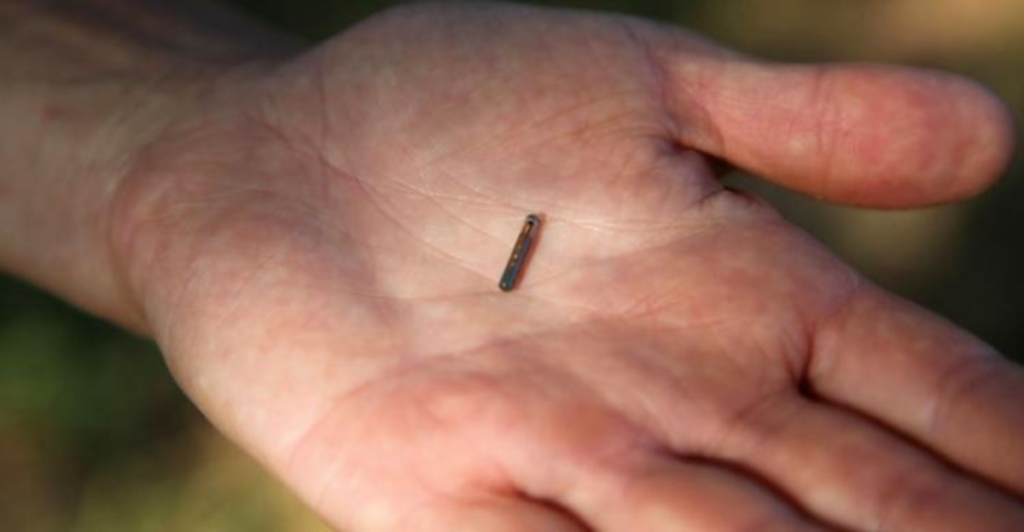
Advances in telemetry and environmental monitoring have revolutionized our understanding of the relationship between brown trout and beaver dams. Researchers now use Passive Integrated Transponder (PIT) tags to track the migration of individual fish with unprecedented accuracy. A 2024 study published in Aquatic Conservation used this technology to investigate how trout migrate through various types of beaver dams in various flow regimes. The study discovered that passage success rates for fish were greatest when flows were moderate to high, and water pressure pushed gaps or bypass channels through dams. These technological advances not only validate the adaptability of brown trout but also provide practical advice to conservationists who wish to enhance fish passage without destroying beneficial habitats constructed by beavers.
Size May Lead to Success

One of the fascinating discoveries is the correlation between the size of a brown trout and whether or not it can successfully migrate over beaver dams. They are more likely to be successful in such barriers since they have more strength and reserves of energy. In 2023, researchers found that adult brown trout that were more than 40 centimeters in length were 70% more successful in traveling through beaver dams compared to small juveniles. This discovery is crucial for conservation, showing that larger fish enhance population resilience in affected rivers. It also questions how size-limit fishing regulations impact the survival of these productive members.
Challenge of Climate Change
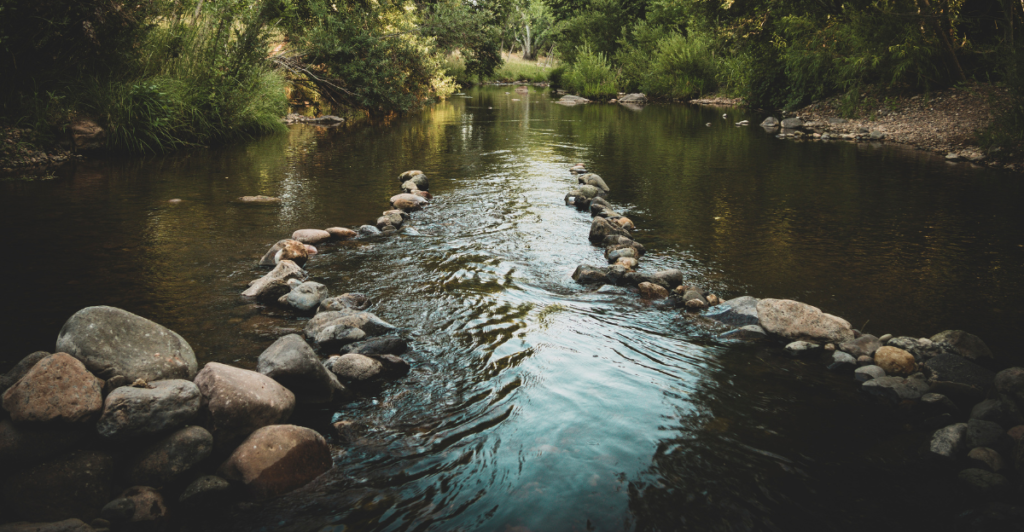
While brown trout populations have demonstrated remarkable adaptability to natural obstacles like beaver dams, climate change introduces additional complications. Prolonged droughts and reduced snowmelt can lower water levels, making it harder for trout to navigate around or through these dams. Conversely, flood events caused by intense rainfall could destabilize beaver dams entirely, disrupting the habitats they create. A 2025 report from the European Fisheries Institute pointed out that climate change is altering the timing and scale of river flows, which could impact the delicate balance between brown trout and beaver activity. These changes demand new management strategies that address both species’ needs while responding to broader environmental shifts. If not addressed, these challenges could jeopardize the coexistence of beavers and brown trout in many places.
A Call for More Balanced Outlooks
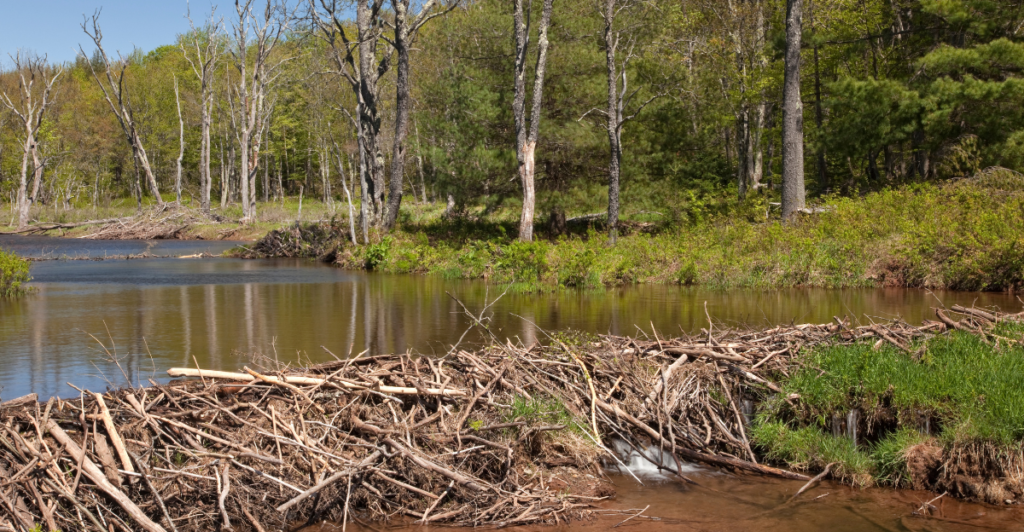
The previous assumption that beaver dams harm migratory fish is being rejected by ecologists who think a more balanced outlook should be adopted. While the dams do hamper movement in the short term, they also provide long-term ecological benefits that outweigh temporary tribulations. For example, some argue that beaver dams actually increase genetic diversity among fish populations by temporarily isolating subgroups, enabling them to adapt locally before reconnecting during high-flow events. This changes our perception of barriers from impenetrable obstacles to being part of the natural processes that help foster resilience and adaptability in ecosystems. These arguments lead conservationists to re-examine removing the beaver dam and instead seek ways to maximize the coexistence of beavers and brown trout.
When Brown Trout Grow

There are a couple of examples where the interaction between brown trout and beaver dams has yielded unconventional ecological outcomes, defying common sense. In Scotland’s Cairngorms National Park, researchers reported that isolated brown trout populations that were trapped behind massive beaver dams exhibited enhanced growth rates compared to their free-living peers downstream. This was a result of less competition for resources within the closed environment of the dammed pools. Similarly, biologists in Alberta Province, Canada discovered that certain streams with extensive beaver dam systems served as natural refugia for juvenile trout during severe droughts when other areas of the river were entirely desiccated. This suggests that seemingly restrictive conditions can provide solitary pathways for existence and growth under specific conditions.
Future Implications
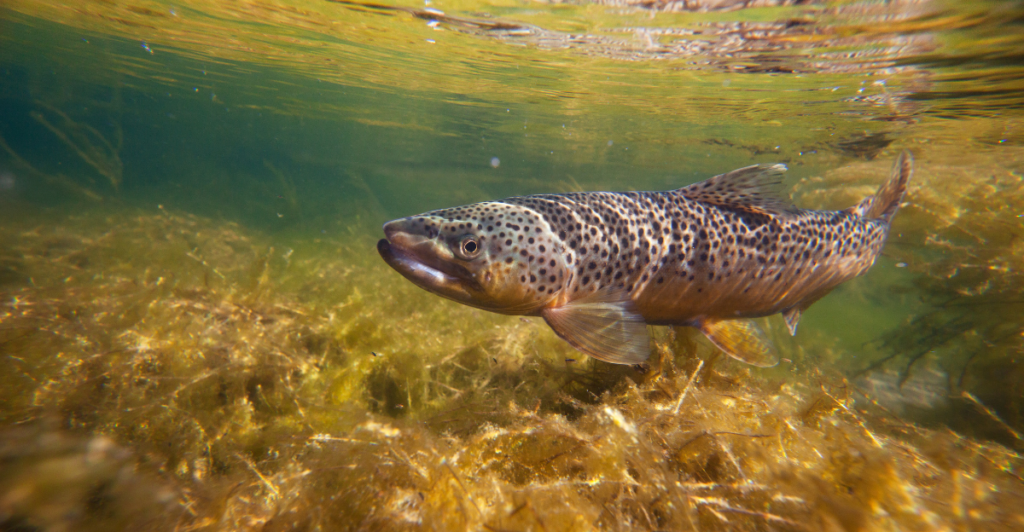
Brown trout’s ability to adjust to natural barriers like beaver dams carries important connotations for fisheries management and conservation planning in an era of rapid environmental change. With the increasing fragmentation of riverine systems brought on by human activities, such as construction and changing climate patterns, understanding how species, such as brown trout, respond to natural barriers provides valuable information. Furthermore, this adaptability highlights the importance of preserving intact ecosystems where species interactions—such as those between trout and beavers—can take place naturally without interference. Subsequent research should focus on defining conditions where these interactions are most beneficial while implementing adaptive management procedures that protect ecological integrity while addressing human needs.
The Coexistence of Brown Trout and Beaver Dams
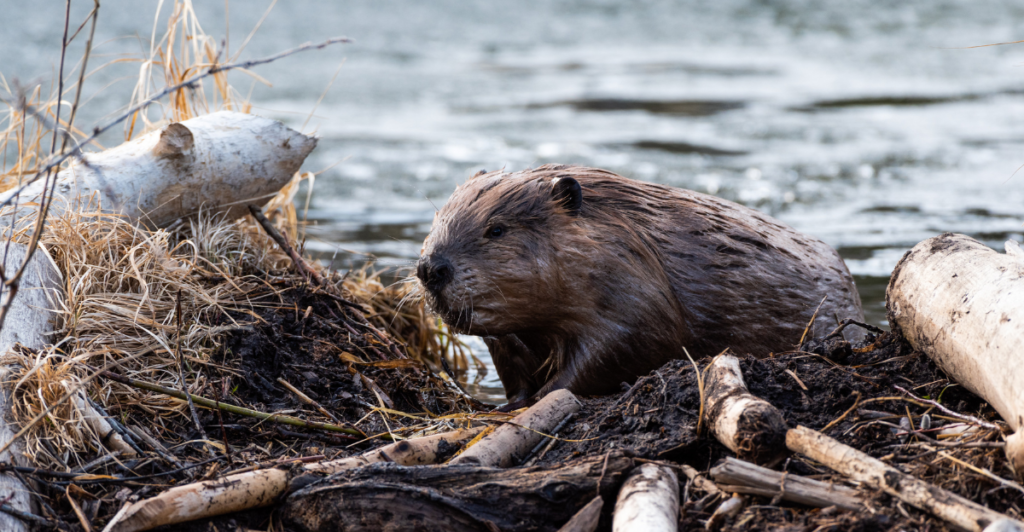
Overall, the finding that brown trout can navigate and pass through beaver dams goes against our previous belief that these dams serve as blockage barriers. Instead, they are complex ecological structures with challenges and possibilities for aquatic animals depending on environmental conditions and animal traits like size or behavior. As climate change continues to reshape freshwater ecosystems worldwide, this newfound adaptability highlights nature’s resilience when given time and space to evolve on its own terms. By embracing this ecological complexity, we can develop healthier ecosystems where both brown trout and their surprising allies, the hardworking beavers, can coexist in harmony.
Explore more of our trending stories and hit Follow to keep them coming to your feed!

Don’t miss out on more stories like this! Hit the Follow button at the top of this article to stay updated with the latest news. Share your thoughts in the comments—we’d love to hear from you!







